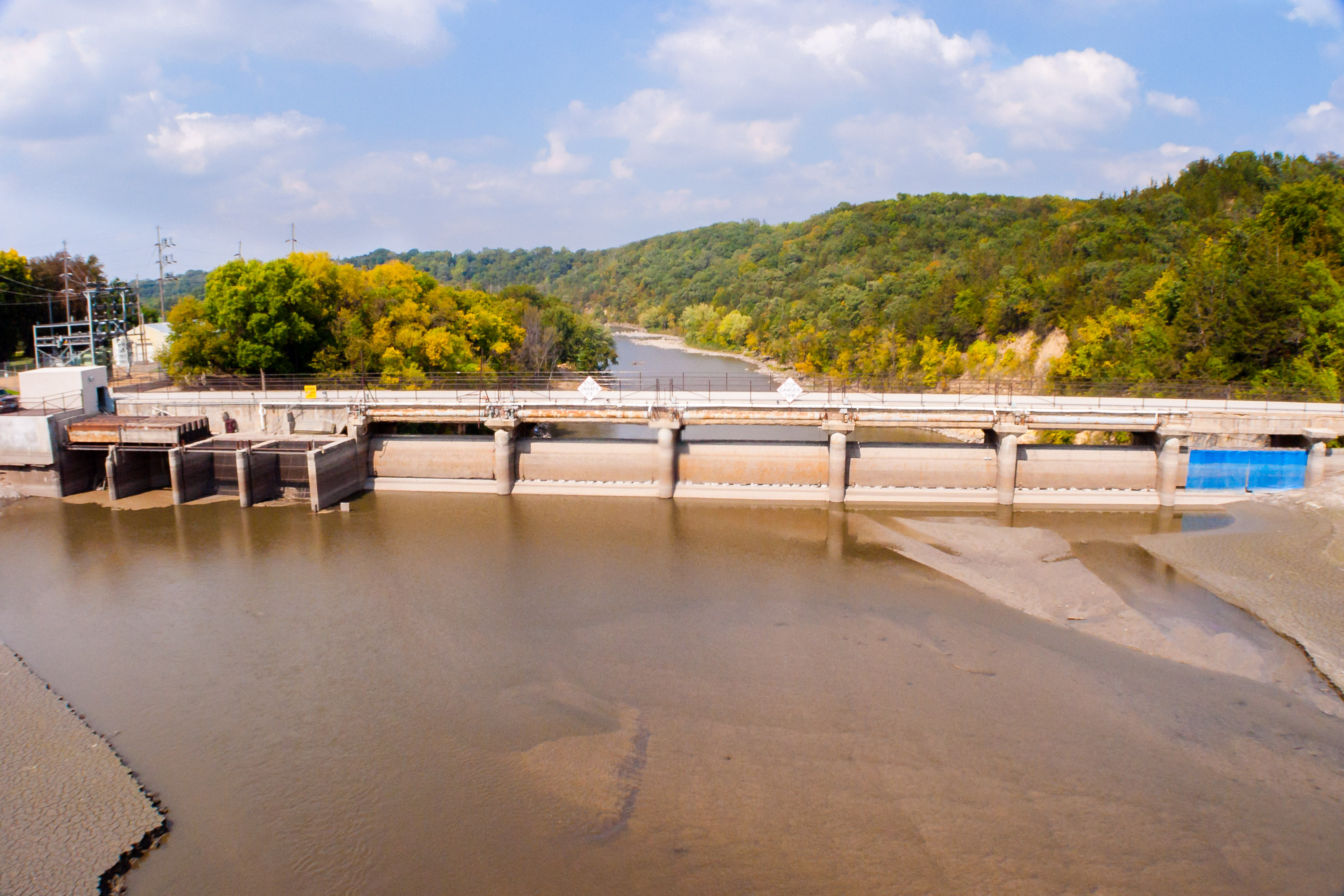Historical Significance of the Rapidan Dam Break

The Rapidan Dam, constructed in 1892, was a critical water supply for the city of Charlottesville, Virginia. However, on August 19, 1928, a catastrophic failure occurred, resulting in the dam’s collapse and a devastating flood.
Events Leading to the Dam Break
The dam was designed with a faulty spillway that could not handle the heavy rainfall that preceded the disaster. Additionally, the dam’s foundation was weakened by years of erosion and seepage. As water levels rose, pressure on the dam intensified, leading to its eventual collapse.
Impact of the Dam Break, Rapidan dam break
The floodwaters unleashed by the dam break caused widespread destruction in the surrounding area. The city of Charlottesville was inundated, with homes and businesses submerged. The floodwaters also washed away bridges, roads, and railroads, isolating communities and disrupting transportation.
Lessons Learned
The Rapidan Dam Break highlighted the importance of proper dam design and maintenance. It led to the establishment of stricter safety regulations for dams, including requirements for reinforced spillways and regular inspections. The disaster also underscored the need for emergency preparedness plans to mitigate the impact of future dam failures.
Engineering Analysis of the Dam Failure

Rapidan dam break – The Rapidan Dam, a gravity dam constructed in 1890, exhibited structural flaws that ultimately led to its catastrophic failure. An examination of its design, construction, and the principles of engineering reveals the factors that contributed to this disaster.
Dam Design and Construction
The Rapidan Dam, measuring 112 feet in height and 865 feet in length, was built using cyclopean masonry, a technique involving large, irregular stones embedded in mortar. While this method was common at the time, it resulted in uneven stress distribution within the dam’s structure.
Structural Weaknesses
The dam’s design incorporated a curved profile, intended to increase its strength. However, this curvature introduced non-uniform stresses, particularly at the dam’s base. Additionally, the use of cyclopean masonry created voids and pockets of weakness within the structure.
Preventive Engineering Principles
Engineering principles that could have prevented the disaster include:
- Use of Reinforced Concrete: Reinforced concrete, with its superior tensile strength, could have provided better resistance to the uneven stresses experienced by the dam.
- Gravity Buttress Design: A gravity buttress design, featuring vertical buttresses to support the dam’s weight, would have reduced the stress concentration at the base.
- Improved Construction Techniques: Meticulous construction practices, including proper compaction and curing of the masonry, would have minimized the voids and weaknesses that contributed to the dam’s failure.